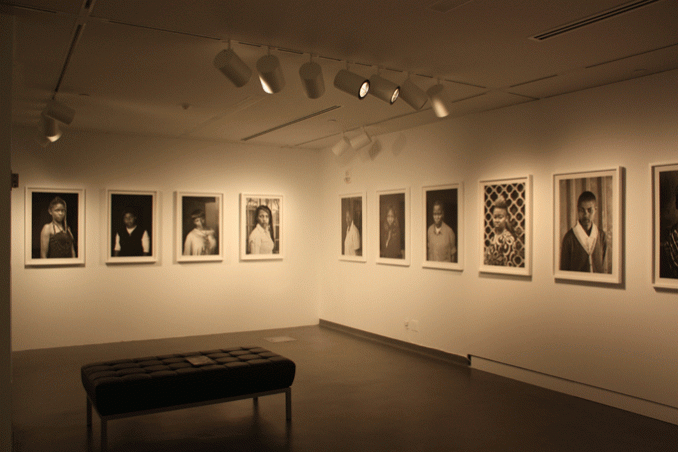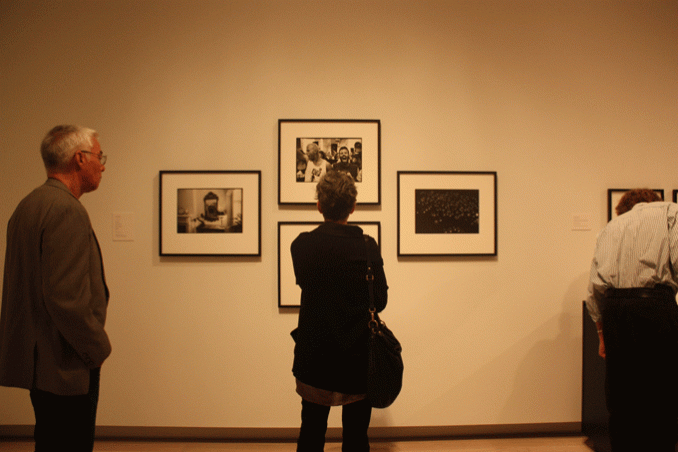By Monika Sidhu
As World Pride takes over Toronto, the Ryerson Image Centre is celebrating with two exhibits — What It Means To Be Seen: Photography and Queer Visibility and Zanele Muholi’s Faces and Phases, showcasing individuality and bringing important issues to the forefront.
Ryerson graduate Zanele Muholi received her MFA in documentary media in 2009. Muholi said she is thrilled to have her exhibit at Ryerson, stating that it feels like she has won the Nobel Prize. Muholi is not only a photographer, but a social activist. Faces and Phases displays the faces of South Africans who are part of the lesbian and transgender community.
“There are many of us,” said Muholi. “People are coming out every day.”
Muholi describes the participants of her photographs as a “beautiful chain of black people” that she has met through relationships she has built with others in her life. Muholi says that the friends being shown in her exhibit have to be comfortable in their own skin in order to be photographed in the first place.
“You need to know who you are,” she said.
The powerful energy felt when walking out of Muholi’s exhibit quickly returns when walking into the RIC’s main gallery, which is currently displaying What It Means To Be Seen: Photography and Queer Visibility. Curated by the associate curator of photography from the Art Gallery of Ontario Sophie Hackett, the exhibit has two different themes: public faces and private worlds.
 Photo: Shauna Smith
Photo: Shauna Smith
The exhibit displays history of LGBTQ from the 1940s onwards. Public faces includes many social issues that have affected LGBTQ community. The description of this section reads the following: “We see how the public presence of queers has been — and remains for many — a challenge.”
Private worlds displays real people being their real selves. Artist Yannick Anton offers a contemporary look at individuals that have emerged from their shells. Anton’s pictures take the spectator inside a dance party that occurs downtown. He started taking pictures at the event for friends that were performing there and has been going back for the last four years.
“Since then, I’ve realized it’s more than just event photos,” he said. “It’s documenting a piece of history, a piece of culture.”
The most apparent feature in Anton’s work is the authenticity of the people and the fun time they’re having.
“I’m in it,” says Anton. “I’ve usually got a drink in one hand, somebody behind me or somebody in front of me, and my camera in the other hand.”
Anton says his eyes always need to be open to catch these real moments. “You never know who is gonna pick somebody up,” he said. “You never know who is gonna be standing on their head on the speaker.”
So what should you expect when visiting these exhibits? Everything — from realizing harsh realities dealt with around the world to smiling at images of people expressing their true selves regardless of the challenges they face.
What It Means To Be Seen: Photography and Queer Visibility, and Zanele Muholi’s Phases and Faces will be at the Ryerson Image Centre until Aug. 24.










Leave a Reply